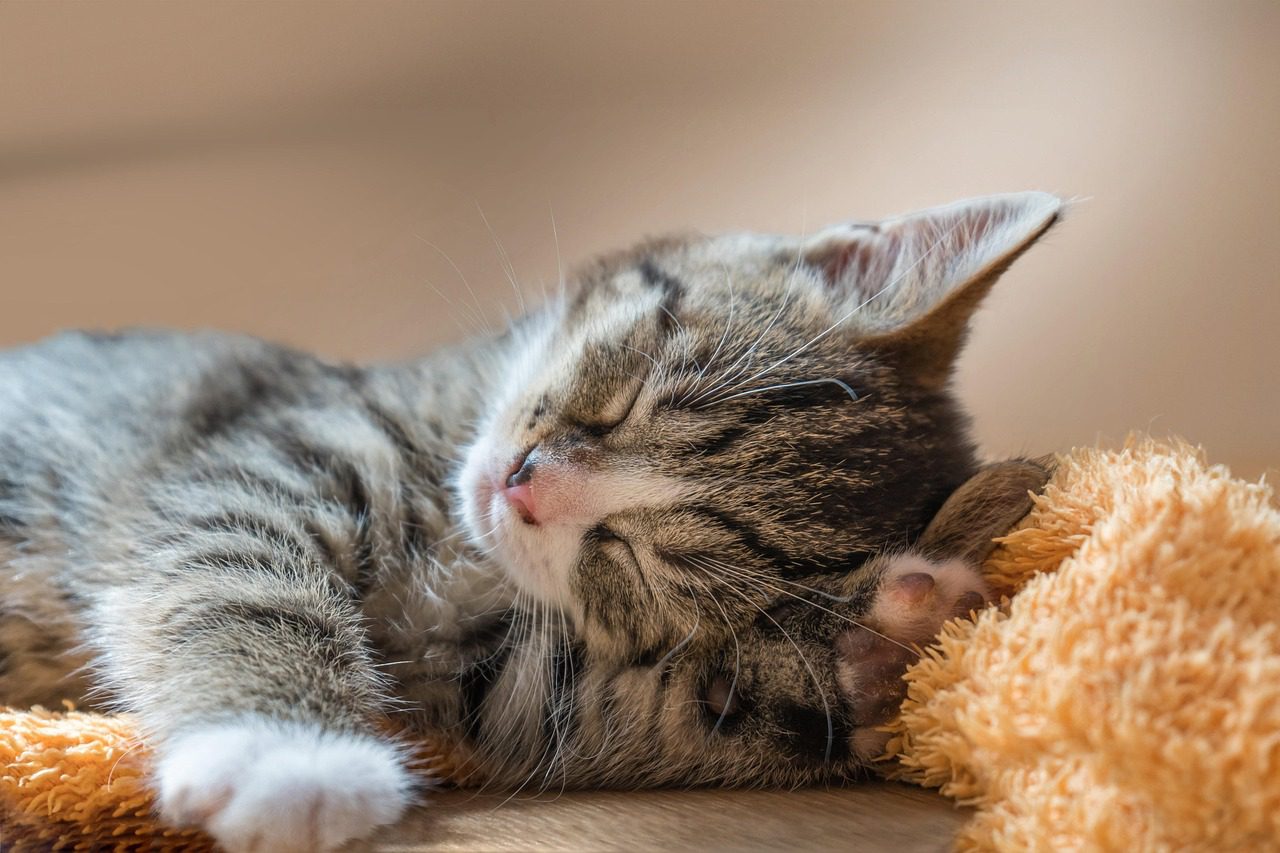“Careful: she bit me when I touched her there!”
Cassie was hunched up, and became anxious when I tried to touch her left hind leg. Her claws were a little shredded, and she was running a slight temperature.
When I ran my fingers gently through her coat I identified a swelling over the back of her thigh, with some skin puncture wounds.
I picked the scab off one of these and foul smelling pus oozed out.
Cassie’s Diagnosis
We have our diagnosis: I can tell from the pus that, about two days ago, Cassie was running away from a more aggressive cat and got firmly bitten on her back leg. The bite wounds have festered and she is brewing an abscess and septicaemia.
Whilst my nurse clips the fur and disinfects the wounds, I counsel Cassie’s owners.
We need a swab, according to the best principles of medicine. Before I reach for antibiotics I must follow the guidance of ‘Test, Target, Treat’, especially as it’s World Antibiotic Awareness Week this week.
I must also use the shortest course of antibiotics that does the job, and avoid certain restricted ones that are reserved for human use only. This is because bacteria can develop resistance to antibiotics, and are changing faster than we are finding new antibiotics.
The Outcome For Cassie
What does this mean for Cassie? Her owner must choose whether to add another £60 to the bill, nearly doubling the cost, and wait three days for a result. Meanwhile I use a three-day course of my best guess antibiotic, and change it if required once the results are through.
It’s the professional and appropriate course of action, and most of the time it confirms I have chosen the correct antibiotic, as I have a good understanding of the type of germs found on a cat’s teeth and hence in Cassie’s abscess.
But every now and again testing the bacteria present in a wound gives unexpected results, and the sooner I perform the test the faster I can target and treat the problem using the correct antibiotic.
For more information about antibiotic resistance visit the World Health Organisation’s site.




